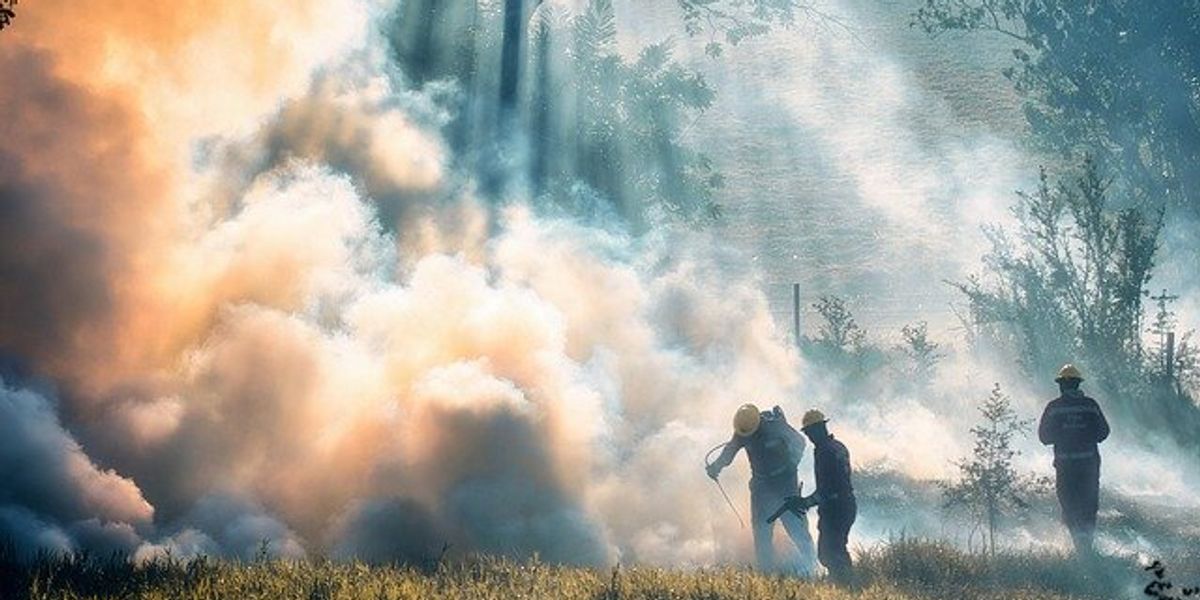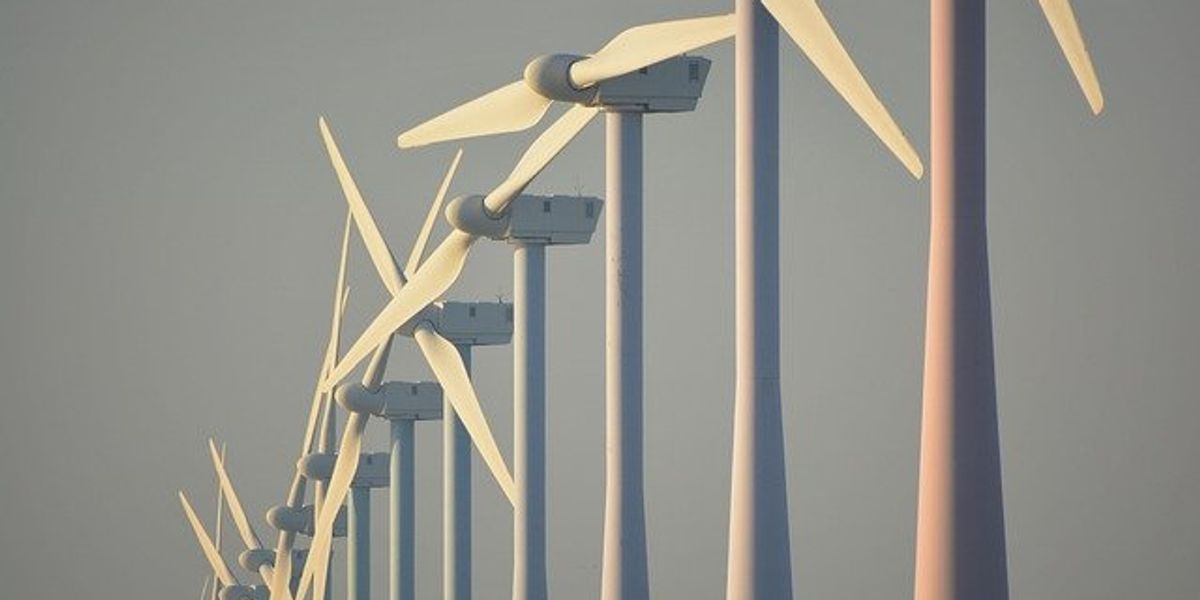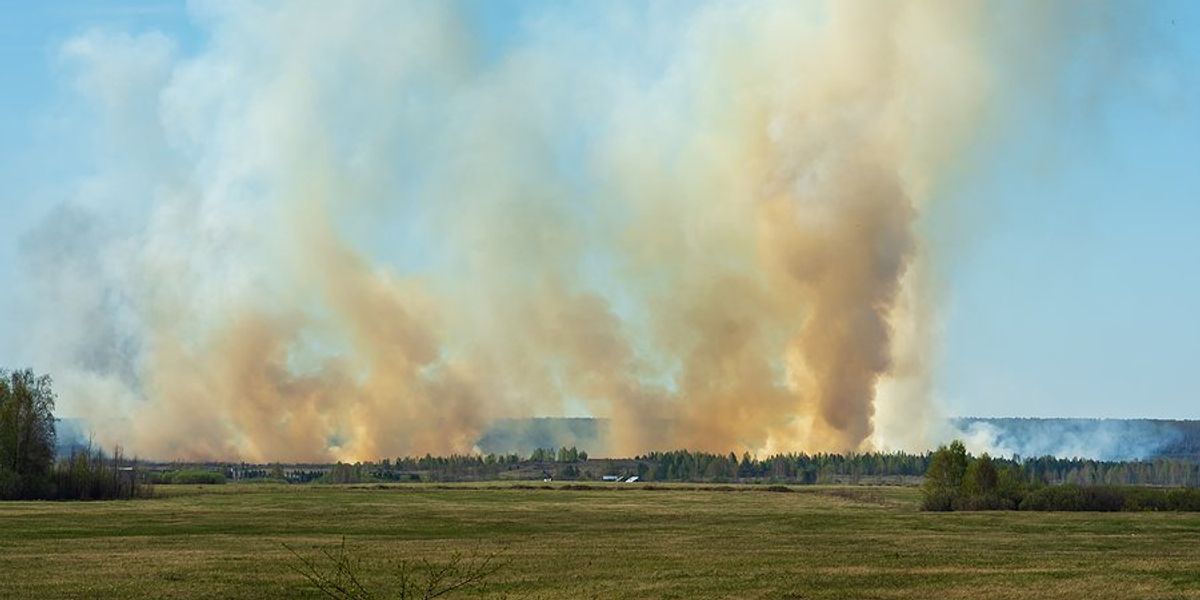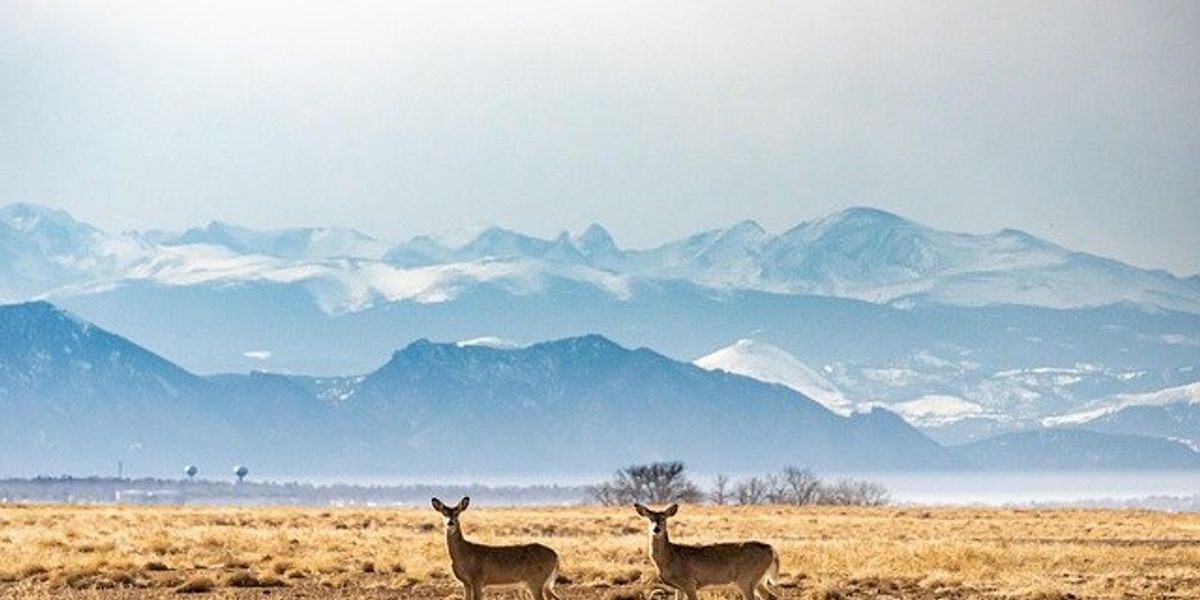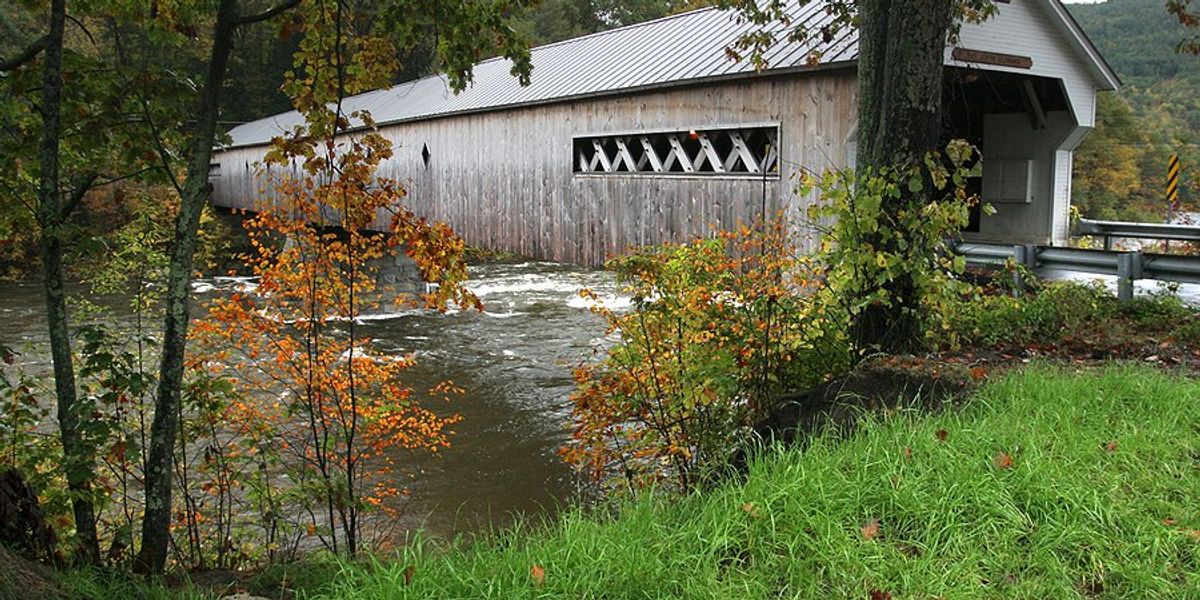
Flood-prone Vermont towns weigh economic survival against climate-driven buyouts
A year after catastrophic flooding in Vermont, small towns like Barre are grappling with the economic strain of federal home buyouts that aim to reduce future flood risk but threaten their financial future.
Anna Phillips reports for The Washington Post.
In short:
- Barre, Vermont, saw two major floods in July 2023 and 2024, prompting federal offers to buy flood-prone homes. But local officials limited buyouts to preserve the city’s tax base and land needed for affordable housing.
- Residents like Shayd and Laurie Pecor, denied a federal buyout, now face costly upgrades and reduced property values, leaving them stuck in flood-damaged homes they want to leave.
- The town of Plainfield accepted dozens of buyouts, sacrificing tax revenue to prioritize residents’ safety, while volunteers plan new housing on higher ground — though funding remains uncertain.
Key quote:
“We feel trapped. We would love to sell our house and move somewhere on a hill where you don’t have to worry about getting wet. But it’s going to be pretty much impossible.”
— Shayd Pecor, Barre resident
Why this matters:
As climate change intensifies, floods are hitting communities with increasing frequency and severity. Federal buyouts offer a lifeline to homeowners by allowing them to escape high-risk areas, but they also shrink the tax base and disrupt already fragile economies. In places like Barre, rejecting buyouts can leave residents stranded in damaged homes, while accepting them risks hollowing out entire neighborhoods. This dilemma underscores the unequal burden small, rural towns face when confronting climate resilience, where adaptation can come at the cost of community survival. As the nation spends billions on disaster recovery, the trade-offs between managed retreat and local economic viability are becoming more urgent.
Read more: Vermont towns rethink flood response as storms intensify


